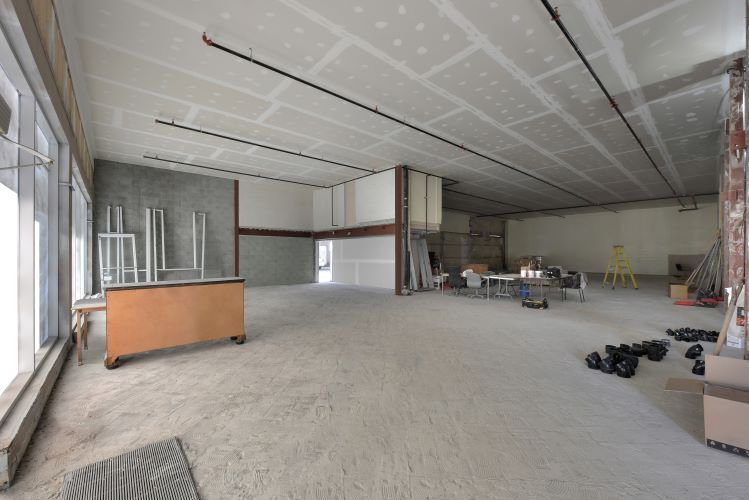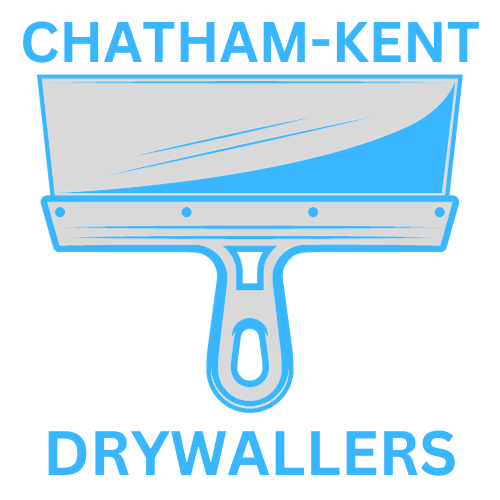Repair your Drywall Now!

Don't Delay: The Importance of Drywall Repair
Drywall is a fundamental element of any home or building, providing structure, insulation, and a smooth surface for interior walls and ceilings. However, despite its durability, drywall is susceptible to damage over time due to various factors such as impacts, moisture, settling, and wear and tear. At Chatham-Kent Drywallers, we understand the importance of addressing drywall damage promptly to maintain the integrity and aesthetics of your property. In this article, we'll explore why delaying drywall repair is not advisable and discuss the types of drywall repair services offered by our experienced team.
Why We Shouldn't Delay Drywall Repair:
- Prevent Further Damage: Small cracks, holes, or dents in drywall may seem insignificant at first glance, but they can quickly escalate into larger issues if left unattended. Delaying drywall repair allows moisture, pests, and other elements to infiltrate the wall cavity, leading to structural damage, mold growth, and additional repair costs down the line.
- Maintain Aesthetics: Damaged drywall not only detracts from the visual appeal of your interior spaces but also diminishes the overall value of your property. Whether it's a minor blemish or a significant hole, repairing drywall damage restores the smooth and uniform appearance of walls and ceilings, enhancing the beauty and resale value of your home or building.
- Ensure Safety: Cracked or damaged drywall poses a safety hazard to occupants, especially in high-traffic areas or areas prone to moisture exposure. Loose or crumbling drywall can lead to injuries from falling debris or compromised structural stability, putting the safety of your family, employees, or tenants at risk.
Types of Drywall Repair Services:
- Patching and Filling: Patching and filling are common drywall repair techniques used to address small holes, cracks, or dents in the wall surface. Chatham-Kent Drywallers employs skilled technicians who meticulously patch damaged areas with joint compound or drywall mud, followed by sanding and blending to achieve a seamless finish.
- Drywall Tape Repair: Drywall tape repair involves addressing issues such as peeling or bubbling tape joints, which can occur due to poor installation or moisture exposure. Our team carefully removes damaged tape, applies new tape, and coats it with joint compound to reinforce and restore the integrity of the seam.
- Water Damage Repair: Water damage is a common issue in homes and buildings, often resulting from leaks, flooding, or moisture infiltration. Chatham-Kent Drywallers offers comprehensive water damage repair services, including drying, mold remediation, and drywall replacement to restore the affected areas to their pre-damaged condition.
- Texture Matching: Matching the existing texture of the surrounding drywall is crucial for achieving a seamless repair. Our skilled craftsmen specialize in texture matching techniques, including spray texture, knockdown texture, and orange peel texture, to blend repaired areas seamlessly with the surrounding surface.
- Structural Repair: In cases of severe damage or structural instability, such as sagging ceilings or bulging walls, Chatham-Kent Drywallers provides structural repair services to reinforce and stabilize the affected areas. Our team conducts a thorough assessment of the damage and implements appropriate repair measures to restore the structural integrity of the wall or ceiling.
Conclusion:
Drywall repair is a critical aspect of maintaining the integrity, safety, and aesthetics of your home or building. By addressing drywall damage promptly and enlisting the expertise of professionals like Chatham-Kent Drywallers, you can prevent further damage, maintain the beauty of your interior spaces, and ensure the safety and comfort of occupants. Whether it's patching small holes or repairing water-damaged walls, our experienced team is committed to delivering top-quality drywall repair services tailored to meet your specific needs. Contact us today to schedule a consultation and take the first step towards restoring your drywall to its pristine condition.
You might also like



Book a Service Today
We will get back to you as soon as possible
Please try again later
Chatham-Kent Drywallers
Navigation
Navigation
Working hours
- Mon - Fri
- -
- Sat - Sun
- Appointment Only
*This is a referral website. All work is performed by professional, licensed contractors.
